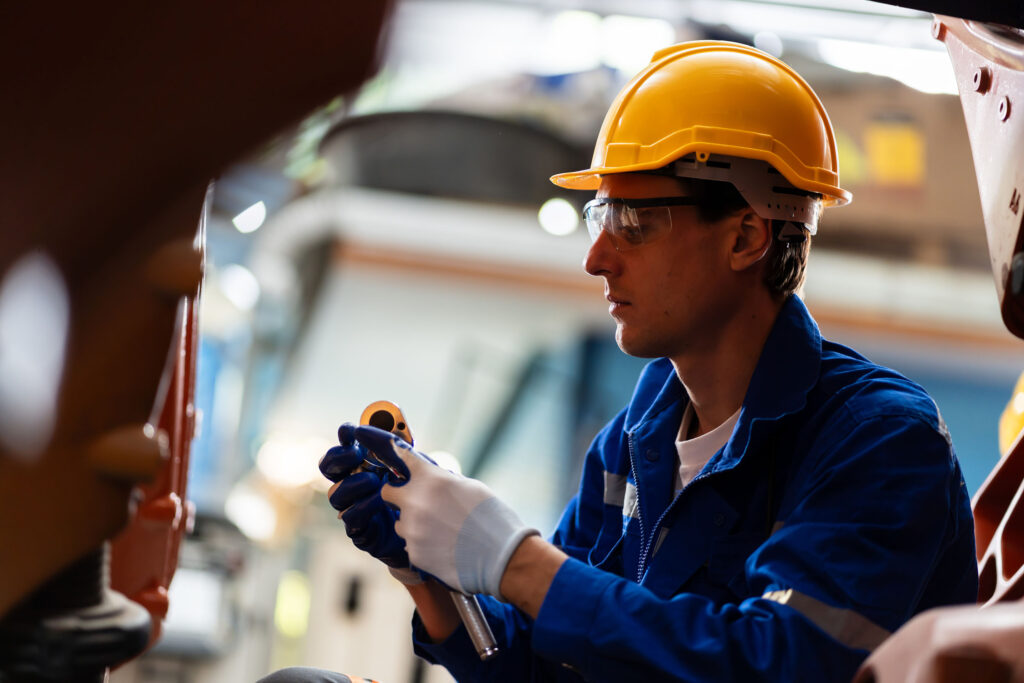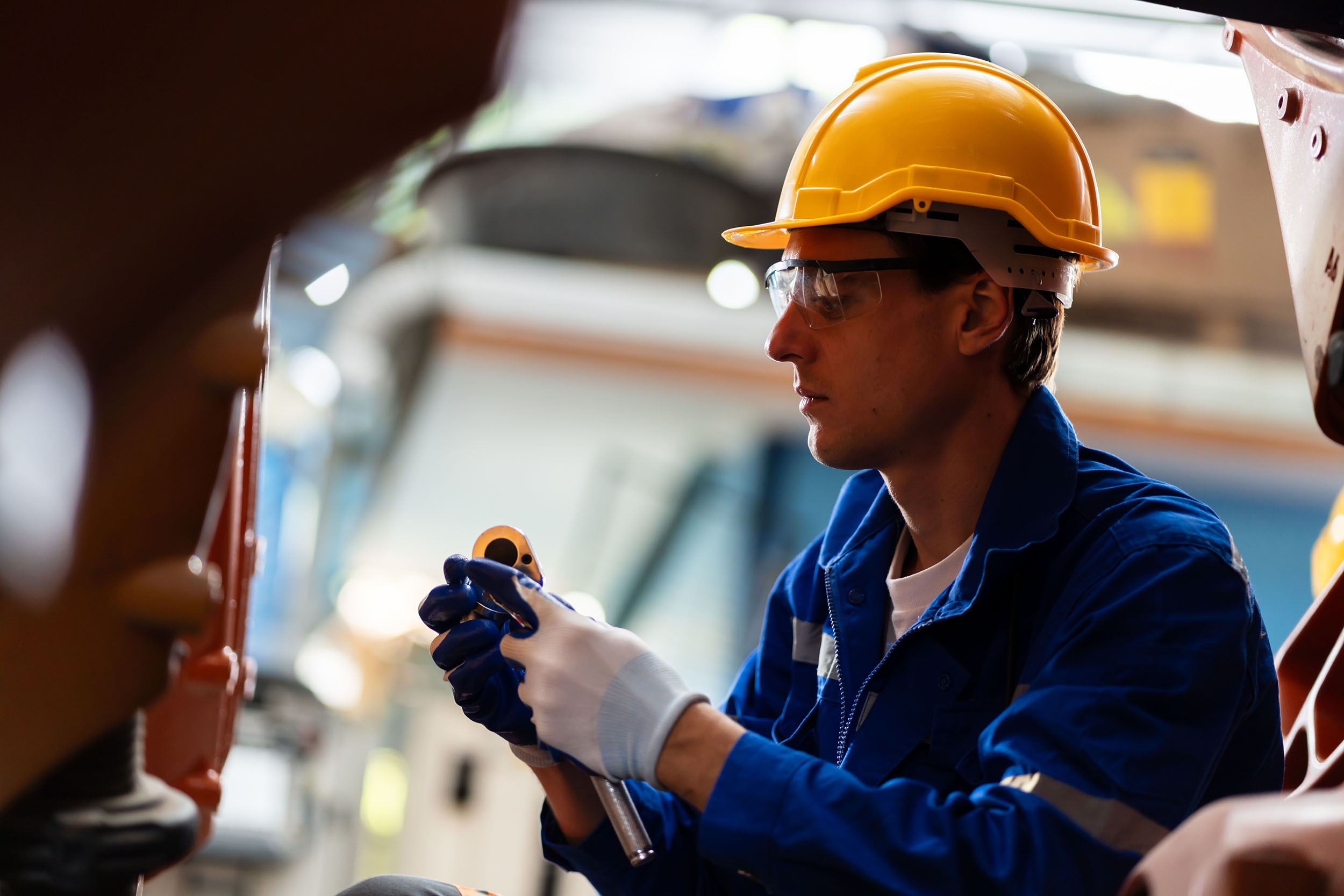
In the process of crushing tons of soybeans and other tough oilseeds every day, mechanical oil mill machinery can take a serious beating. Even the highest-quality equipment made from the toughest steel will eventually erode from wear and tear due to the constant grinding motion of abrasive oilseed material. In these high-pressure, high-temperature, high-shear conditions, natural wear is inevitable; the key is to extend the wear life of pressing parts to keep plants crushing as long as possible between replacements, driving down the total cost of ownership as low as possible.
At Anderson International, we’re constantly exploring new ways to keep equipment running more efficiently to keep our clients’ profits flowing. Over the last 135+ years, we’ve built a reputation around our long-lasting oil mill machinery—having designed, manufactured, and commissioned more than 12,000 pieces of processing equipment around the world (some of which is still in operation after more than a century). We already knew that our high-grade parts were tougher and more durable than cheaper parts made from lower-quality steel—but was it the best?
To find out, we recently conducted a study with one of our clients at a large mechanical soybean crushing plant in the Midwest. By testing the wear and tear of different shaft constructions, our goal was to find the most cost-effective material for our Dox™ Extruders. Here’s what we learned.
The study: Oil mill machinery wear and tear
Installed upstream of a mechanical oil expeller, our extruder is designed to break down raw oilseed material in a high-shear pressure cooker that generates frictional heat. During this process, the barrel and shaft of the extruder endure constant contact with the soybean material being compressed, making these parts vulnerable to wear and erosion. As the inside of the barrel erodes, the open volume inside the machine increases, which lowers the rate of compression—making the extruder less efficient as it wears down.
Extruders that run 24/7 typically require maintenance or replacement parts every three to four months, while many processors won’t see wear until four or five months of operation. The lifespan of each extruder part may vary, depending on several factors including:
- The type of oilseed being crushed, since some seeds are more abrasive than others.
- How well the seeds are cleaned before extrusion, since debris like dirt, stems, and stones can accelerate wear.
- Whether the seeds are dehulled before processing, since the hard outer shells of soybeans can also accelerate wear.
- The size of the loads being processed. Operating an extruder below full capacity impacts its operation and decreases the lifespan of its wearing parts.
We conducted our wearing parts comparison at a mechanical crushing facility running raw soybean material that contained quite a bit of abrasive debris, putting our oil mill machinery to the ultimate test. We installed different shafts on four extruders at the client site—each made from a different type of metal finished with a different hardening process.
Throughout our study, all four extruders processed the same raw material at the same capacity in the same operating conditions. To verify the consistency of the client’s production processes, we visited the site every month to monitor the extrusion equipment, analyze the feed quality and flow rates, and review the amp load history on their control system. Through these monthly measurements, we tracked the rate of wear on these four extruders over a period of six months.
The results: Lower total cost of ownership
After six months of collecting data and comparing wear and tear across these four different shafts at our client’s soybean crushing plant, the results were clear. Looking closely at the various constructions tested, we discovered a lower-cost material that provides an equivalent lifespan as our existing extruder parts. This discovery will significantly reduce the operational cost per ton of wearing parts for the Dox, further optimizing Anderson’s oil mill machinery to withstand the test of time.
Our goal throughout this study was to identify the most cost-effective material for our extruder. It’s not about making cheaper parts that wear down faster and require frequent maintenance and replacement, because those costs add up quickly and whittle down a plant’s profits in no time. Instead, we’re striving to reduce the extruder’s operating cost per ton to lower the total cost of ownership, which will truly make or break a processing plants’ profits over time.
By considering the total cost of ownership to operate an extruder, we’re paying attention to our clients’ long-term operational sustainability. We’re committed to making stronger, more durable parts that resist wear longer—maximizing production uptime between replacements to drive down the total cost of ownership of our oil mill machinery.
Optimizing parts and profits
The ultimate objective of oilseed processing is to crush as much material as efficiently as possible to produce a steady flow of products and profits. Over the 135+ years we’ve been serving the oilseed extraction industry, we’ve been constantly reevaluating the engineering and design of our oil mill machinery to keep our clients’ crushing operations at peak capacity with the lowest total cost of ownership.
Ensuring the maximum efficiency of our extruders dramatically impacts the efficiency of the entire oilseed crushing process. A properly maintained extruder, installed ahead of an expeller press, can optimize a plant’s overall efficiency by doubling the life of the pressing parts, doubling the capacity of the press, and cutting energy consumption in half.
By optimizing the materials and techniques used to produce our extrusion equipment, we’re revolutionizing mechanical extraction by creating more durable, wear-resistant parts—reducing the frequency of future repairs and replacements, and resulting in less downtime, which translates to more profits flowing in.
Contact Anderson’s extraction experts today to explore how our enhanced extrusion system can optimize your total cost of ownership by keeping your oil mill machinery running at peak capacity.
